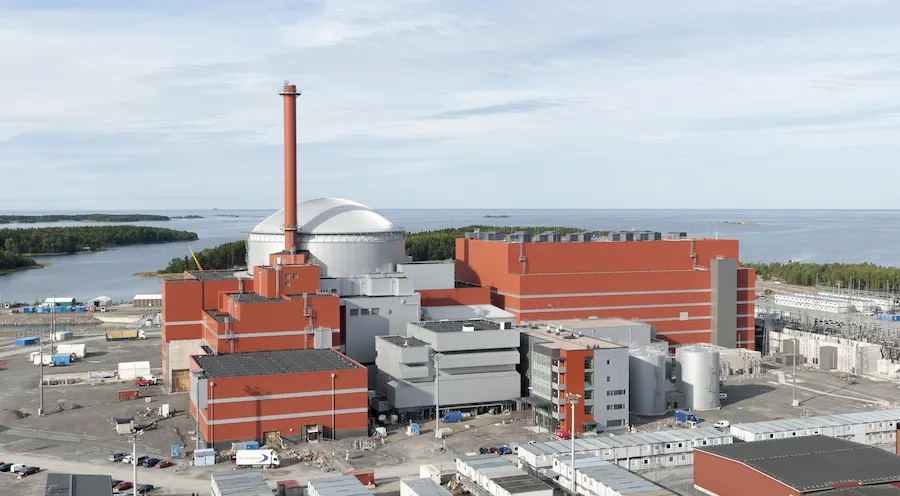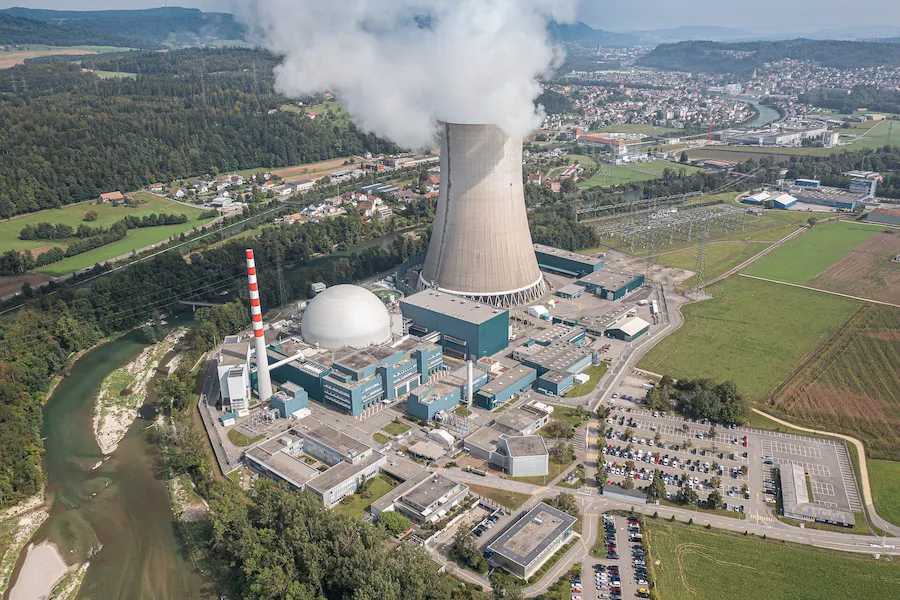Nuclear cooperatives worldwide
Energy cooperatives have been known since at least the late 19th century. The first ones were formed in Europe, and in the 1930s they began to emerge en masse in the United States. US cooperatives decided to build their own nuclear power plants or buy shares of existing NPPs in the 1970s. Today, they are known officially as Electric Membership Cooperatives (EMCs). Out of ca. 800 cooperatives, 6 have shares (ranging from 6% to 62%) in 13 nuclear power units, with a total net capacity of 3,302 MWe. One of the largest EMCs includes Oglethorpe Corporation, which owns a 30% stake in six nuclear units, including the two newest AP1000 units at Vogtle NPP. In order to be able to accommodate such large investments and manage them efficiently, cooperatives organize themselves into „cooperatives of cooperatives” with tens of thousands of members each. The business efficiency of EMCs is evidenced by the fact that, according to the US government (US Department of Energy), they provide their members / end-users with the cheapest electricity in the US (taking into account the final bill): in 2023, on average, at a cost of USD 131 per MWh, while utility customers (so-called investor-owned utilities) paid a price of USD 153 per MWh on average, or 17% more expensive. The advantage of cooperatives over private power companies is even greater when one considers that EMCs operate in sparsely populated areas and incur much higher costs to build and operate grid infrastructure.
In Europe, nuclear cooperatives today indirectly own two single-unit nuclear power plants in Switzerland. Their shares correspond to a net capacity of 301 MWe.


In Finland, on the other hand, a model of quasi-cooperatives called Mankala was developed in the 1960s, and was used 10 years later in the nuclear sector. Mankala is a generic term for incorporated companies that operate similarly to cooperatives. They have many (dozens, hundreds, most through subsidiary companies) members in the form of shareholders and their purpose is not to generate a profit but, in the case of power plants, to produce energy to satisfy the members’ needs and sell it at the cost of generation. Precisely due to their legal form, Mankala companies are not formally cooperatives, but they can be described as quasi-cooperatives because of their statutory objectives and the way they conduct their business. The owners of the Mankala companies are not only end-users, but also private and state-owned power companies. They sell power to end-users (i.e. their customers) at the market price rather than at the cost of generation. These companies may even dominate the ownership structure of the Mankala company. This is one of the differences between this model and the SaHo Model (more on the differences). Based on the Mankala model, 3 nuclear units have been built at Olkiluoto NPP in Finland (with a total net capacity of 3,380 MWe), including the latest EPR unit with a net capacity of 1600 MWe.
A similar form of power plant ownership, including nuclear power plants, is a so-called public power. It consists of a local (municipal) authority owning the power plant. The purpose of the public power company is to generate and often also supply energy for its residents (e.g. a city habitants) at the cost of generation. The residents are indirect owners of the company. This is true especially in small municipalities, where they have more influence over the authorities and management of the municipal companies. In practice, the degree to which the interests of local residents are taken into account by the local government also depends on the culture of the country and the extent to which civil society is developed. Public nuclear power is found in:
- Switzerland: 4 units, total capacity for public power companies is 1,705 MWe net,
- Netherlands: 1 unit, capacity for public power companies is 337 MWe net,
- United States: 19 units, total capacity for public power companies is 8,511 MWe net.
By April 2023, public power NPPs operated in Germany (until the shut down of the last reactors). Also in Finland, small public power companies owned by municipalities indirectly co-own nuclear power plants under the Mankala model.

There are already several energy cooperatives in Poland. They are mainly based on Renewable Energy Sources (RES). This is due to both the lack of nuclear power plants in our country and the favourable legislation promoting the establishment of RES cooperatives.